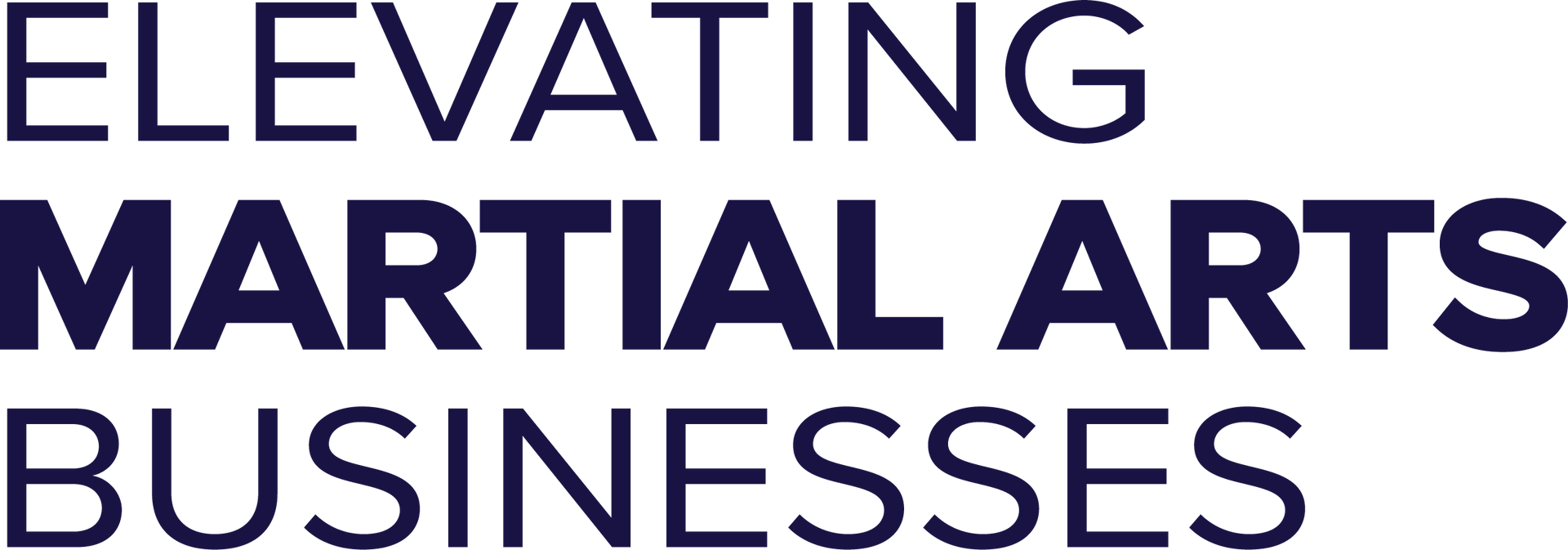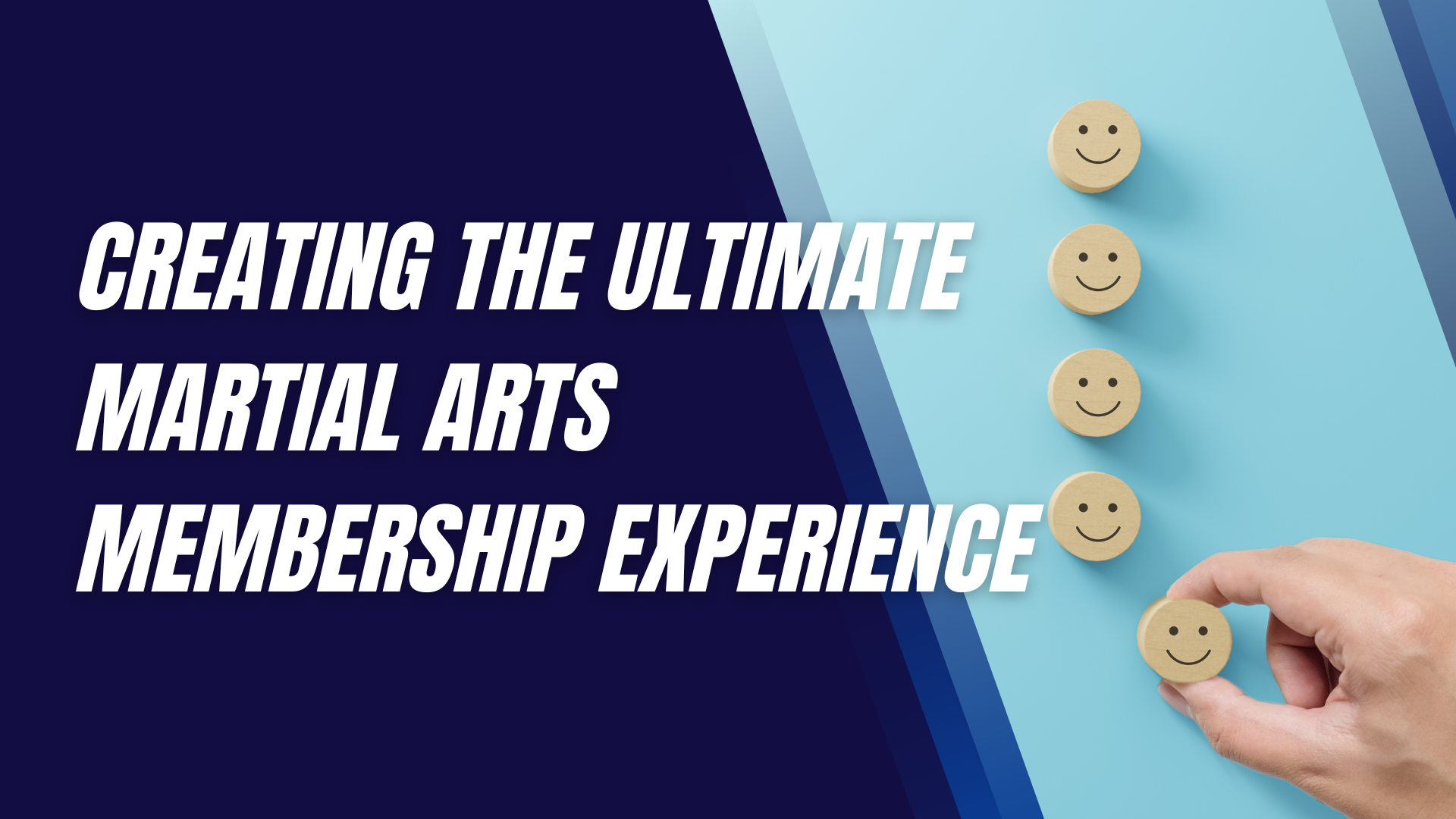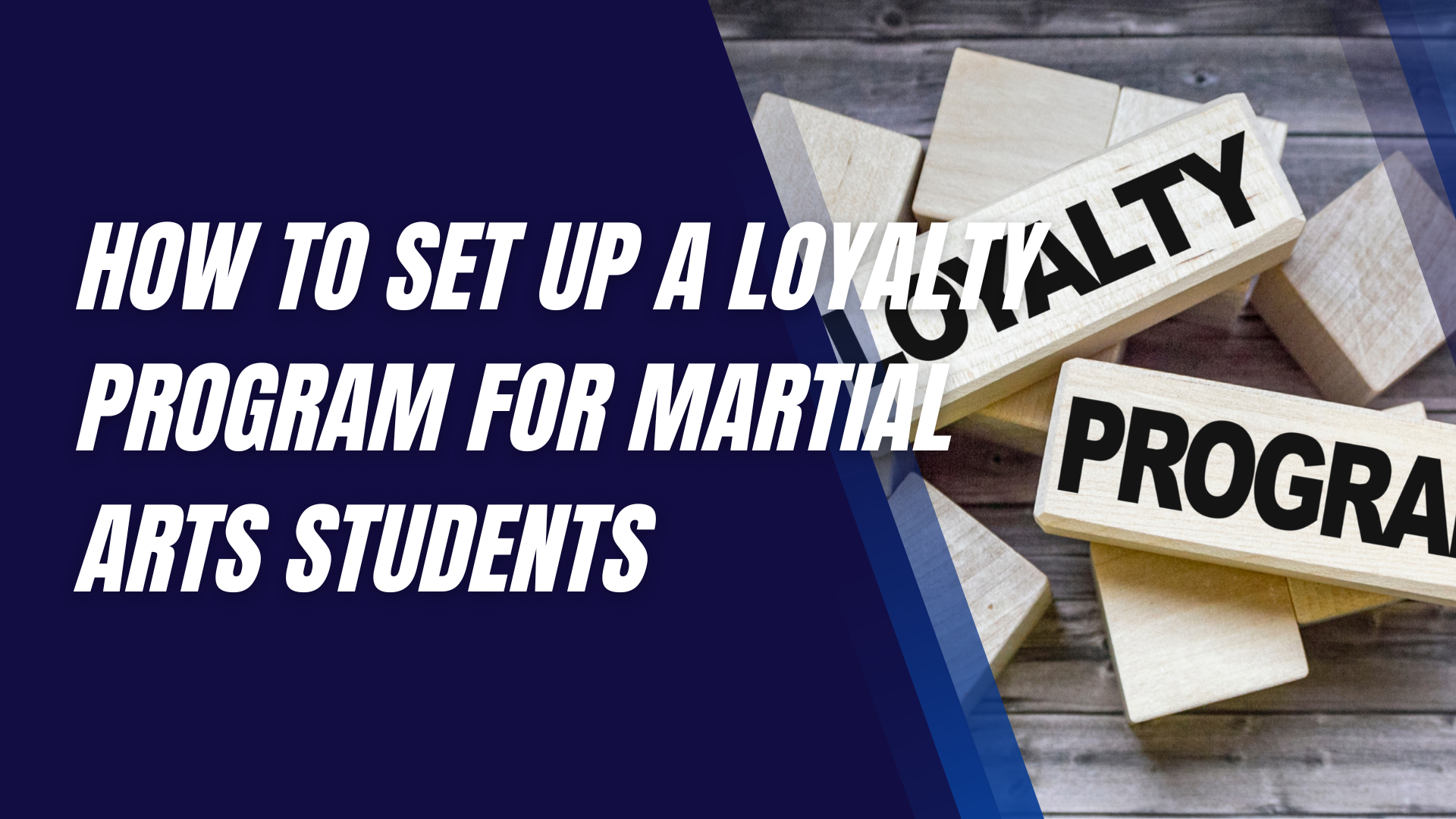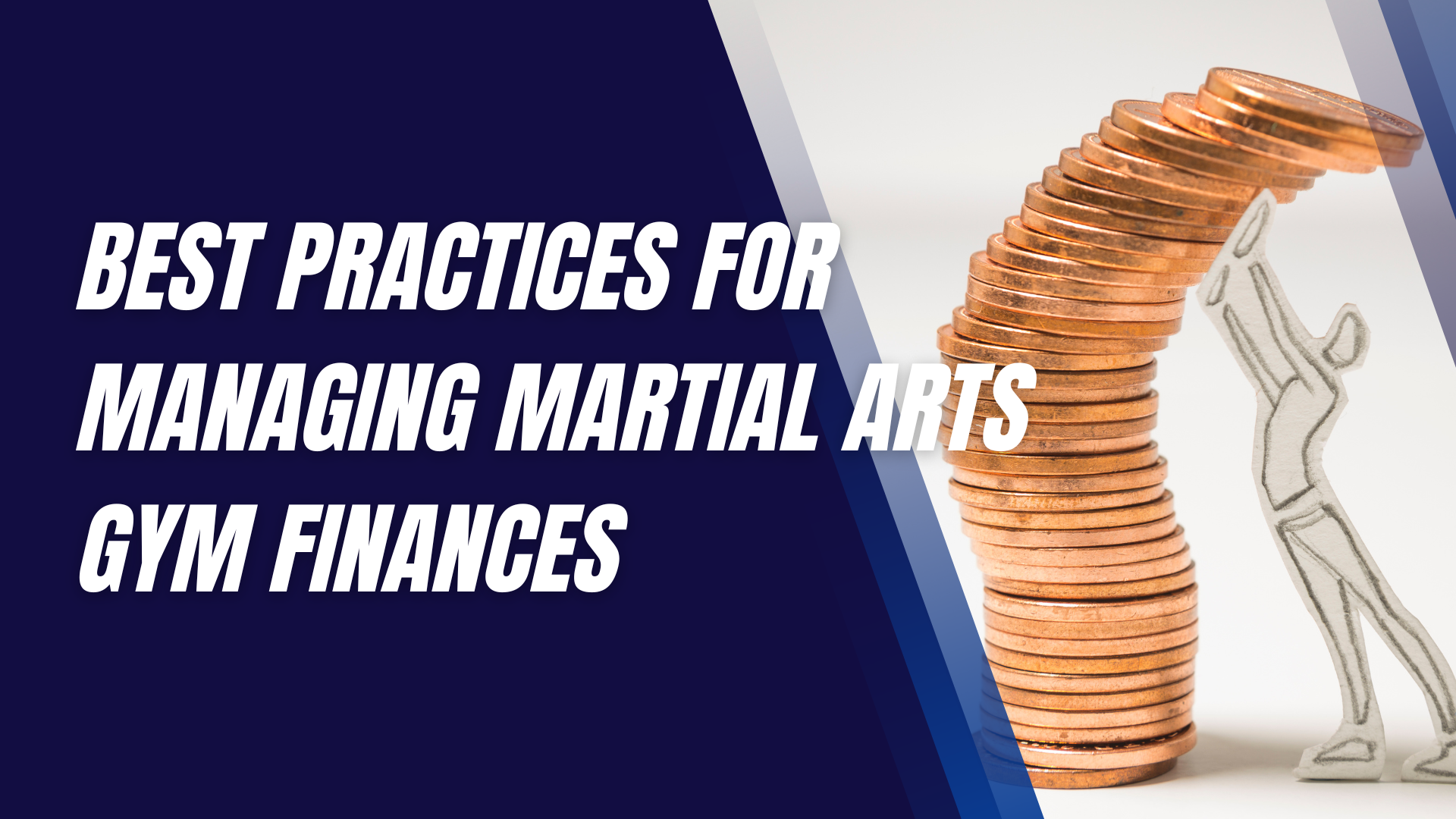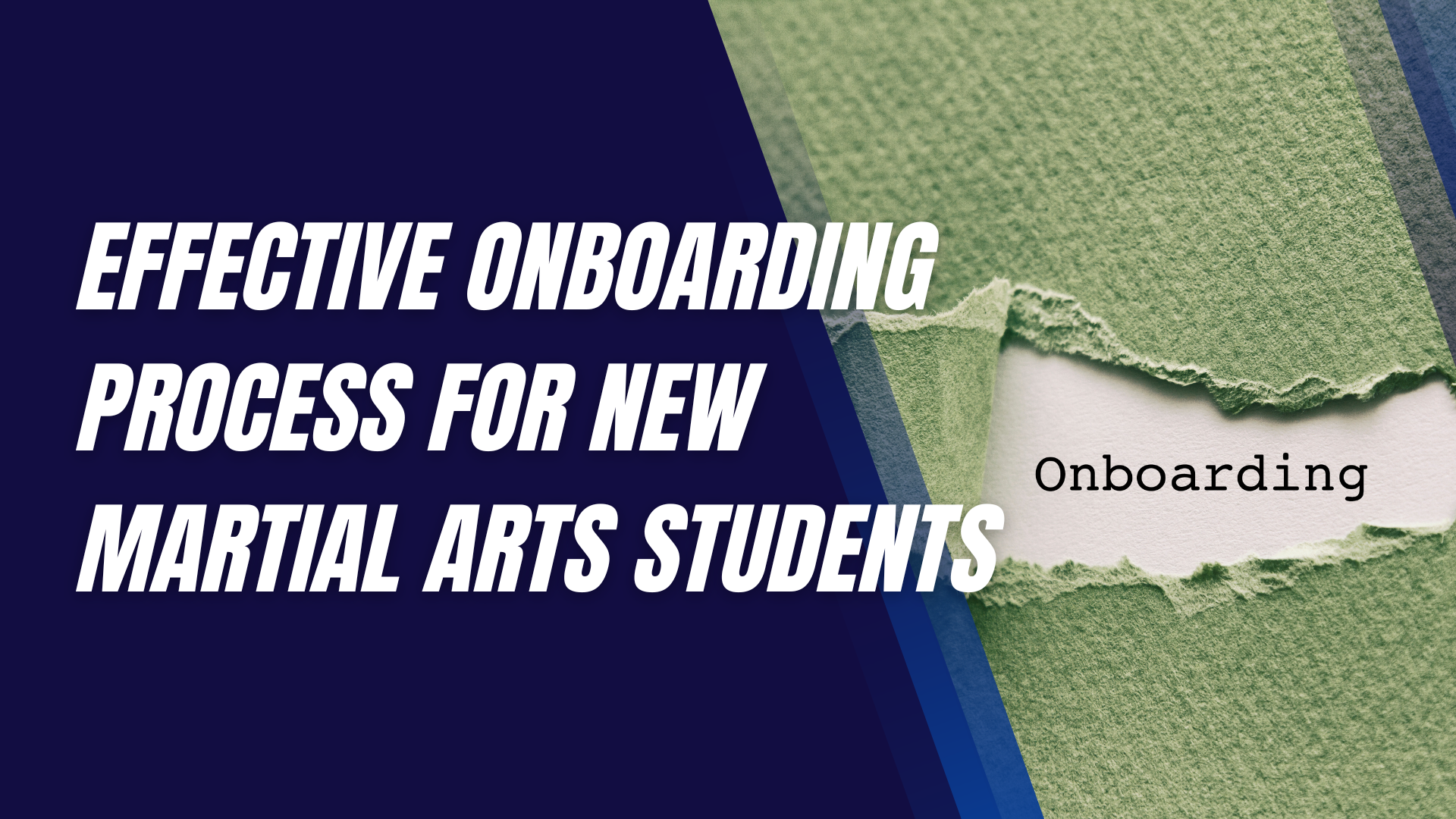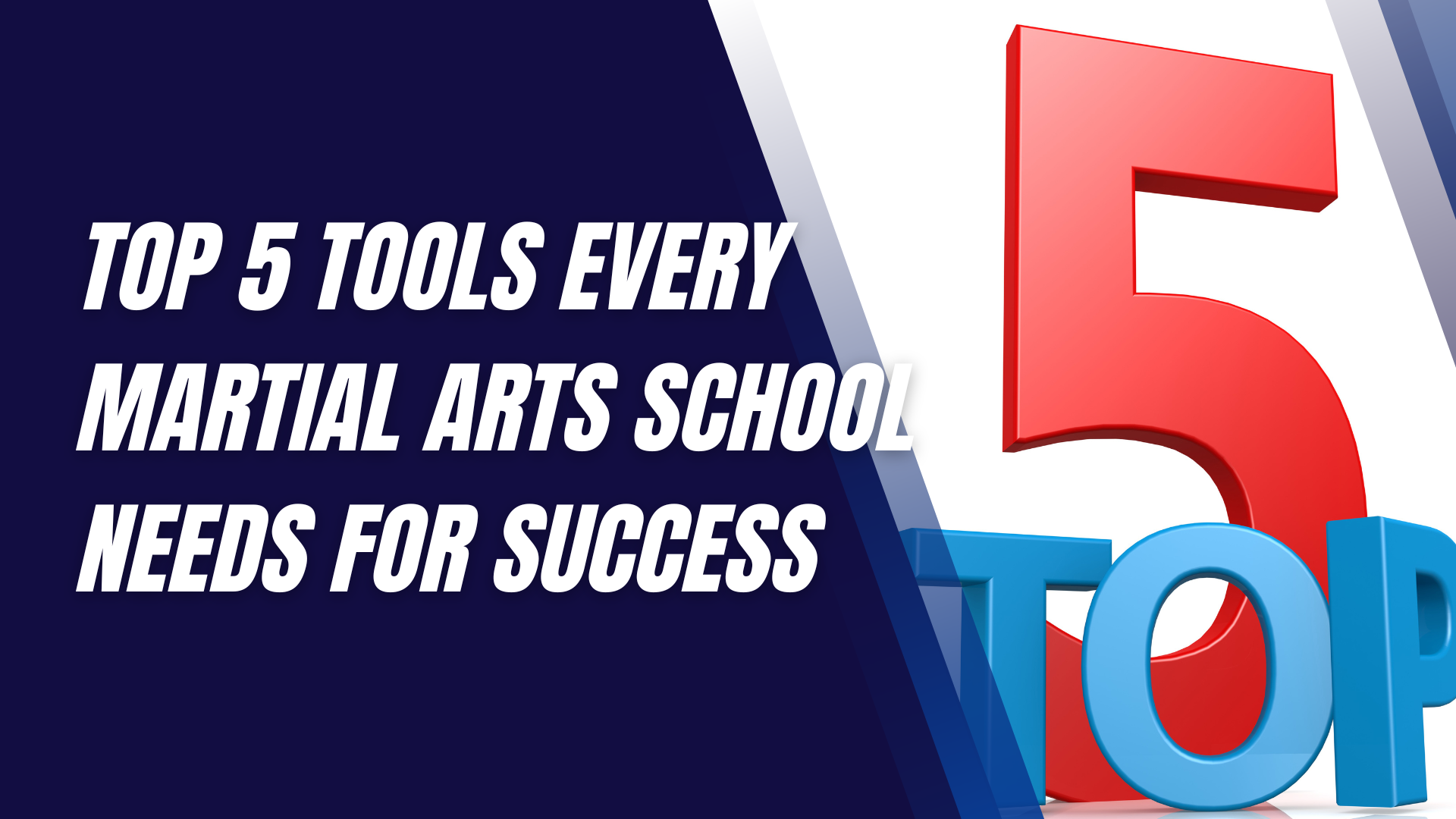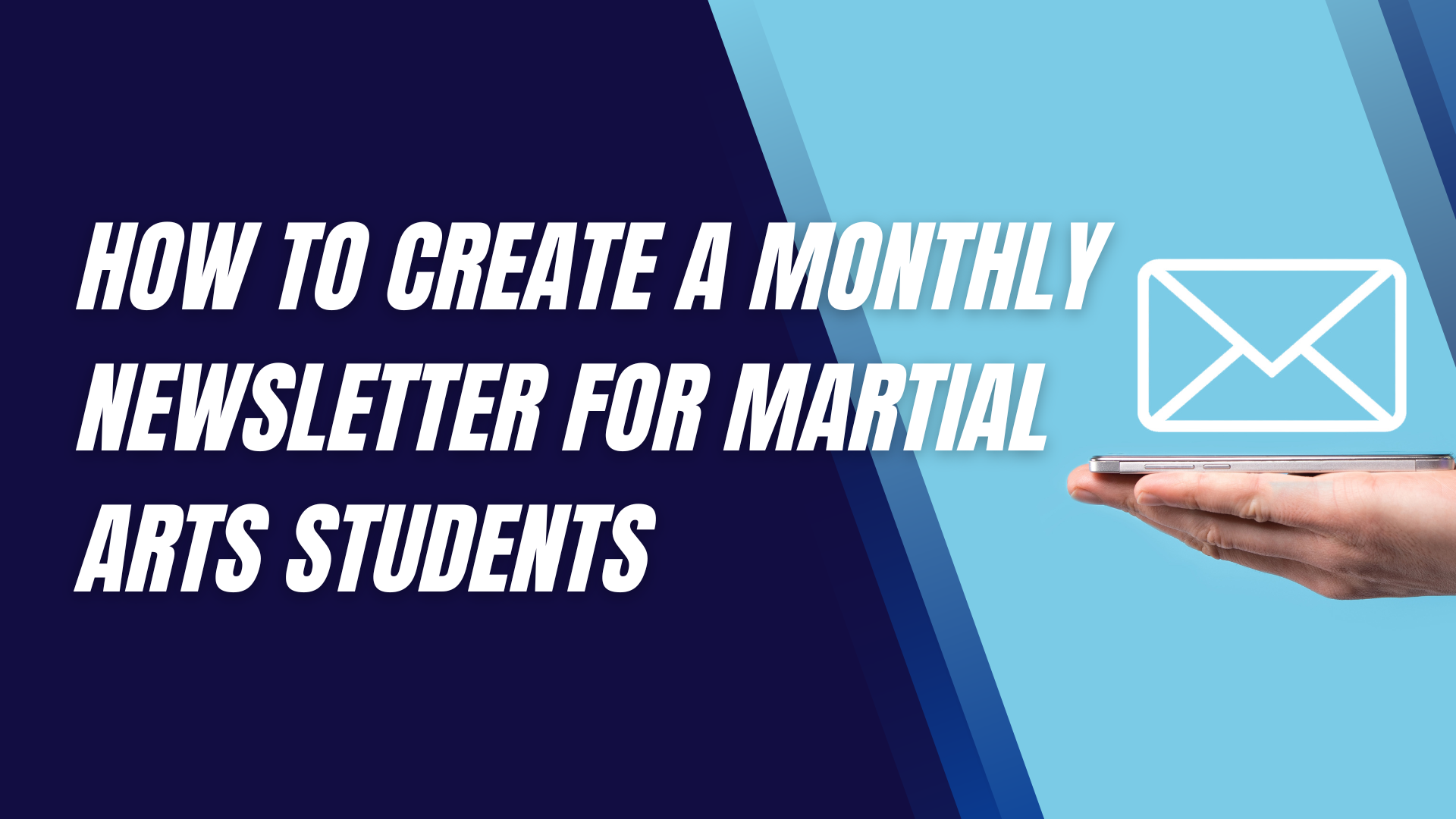Health, Nutrition, and Recovery for Martial Arts
Martial arts isn't just about throwing punches and kicks; it's a holistic discipline that demands physical prowess, mental acuity, and a well-rounded approach to health, nutrition, and recovery.
Whether you're practicing Brazilian Jiu-Jitsu, Muay Thai,
Karate, or any other martial art, your body's overall health and recovery practices significantly impact your performance. Understanding the synergy between what you eat, how you treat your body, and how you recover can be the difference between plateauing and progressing.
Importance of Health in Martial Arts
Physical Health
Physical health forms the bedrock of any martial arts practice. It's not just about being strong or fast; it's about having the endurance to last through intense training sessions, the flexibility to execute techniques effectively, and the resilience to prevent injuries. Regular cardiovascular exercise, strength training, and mobility work all contribute to building a robust physical foundation.
Mental Health
Mental health is just as crucial. Martial arts can be mentally demanding, requiring focus, discipline, and a strong mindset. Whether you're dealing with the pressure of competition or the challenges of a difficult training session, maintaining your mental well-being ensures you stay sharp and motivated. Techniques like mindfulness, meditation, and proper stress management are invaluable tools in a martial artist's toolkit.
Role of Nutrition in Martial Arts Performance
Macronutrients: Fuel for Training
Your body is like a high-performance machine, and it needs the right fuel to operate at its best. Carbohydrates provide the energy required for intense workouts, proteins repair and build muscle tissue, and fats are essential for long-term energy storage and hormonal balance. Striking the right balance between these macronutrients ensures you have the stamina and strength needed for training.
Micronutrients: Supporting Optimal Function
Vitamins and minerals might not provide energy directly, but they play crucial roles in energy production, immune function, and muscle recovery. For instance, calcium and magnesium are vital for muscle contractions, while vitamins C and E are staantioxidants that help reduce oxidative stress from intense exercise.
Hydration: The Often Overlooked Key
Hydration is often underestimated, yet it's one of the most critical aspects of performance and recovery. Even mild dehydration can lead to a significant drop in performance, affecting your endurance, strength, and cognitive function. Drinking water regularly throughout the day and consuming electrolyte-rich beverages during and after training can help maintain hydration levels.
Recovery: The Unsung Hero of Progress
Active vs. Passive Recovery
Recovery isn't just about resting; it's about how you rest. Active recovery involves light activities like stretching, yoga, or swimming that promote blood flow and help remove metabolic waste from muscles. On the other hand, passive recovery involves complete rest and is essential after particularly grueling sessions.
Importance of Rest Days
Rest days aren't a sign of weakness; they're a vital part of any training regimen. They give your muscles time to repair and grow, preventing overtraining and reducing the risk of injury. Without adequate rest, you might find your progress stalling or even regressing.
Sleep: The Ultimate Recovery Tool
Sleep is the most potent recovery tool at your disposal. During deep sleep, your body goes into repair mode, releasing growth hormones that aid muscle recovery and improving overall cognitive function. Aim for 7-9 hours of quality sleep per night to ensure you're ready to tackle your next training session.
Designing a Martial Arts Nutrition Plan - Pre-Training Nutrition
What to Eat Before Training
The food you consume before training can significantly impact your performance. A meal rich in complex carbohydrates, moderate in protein, and low in fat is ideal. This could be something like oatmeal with a banana and a scoop of protein powder. The carbs provide energy, the protein helps prevent muscle breakdown, and keeping fat low ensures your body digests the meal quickly.
Timing Your Pre-Workout Meal
Timing is crucial. Eating too close to your training session can lead to discomfort, while eating too early might leave you feeling hungry halfway through. Ideally, consume your pre-workout meal 2-3 hours before training. If you need a quick snack closer to your session, opt for something light like a piece of fruit or a small smoothie.
Post-Training Nutrition
Refueling After Intense Sessions
After training, your body is in a state of repair and needs nutrients to recover effectively. Consuming a combination of protein and carbohydrates within 30 minutes to an hour after your session is essential. This could be a protein shake with some fruit or a balanced meal like grilled chicken with sweet potatoes and vegetables.
Protein and Muscle Recovery
Protein is the building block of muscle, and getting enough of it is vital for recovery. Aim for at least 20-30 grams of protein in your post-workout meal to kickstart muscle repair and growth. For those training multiple times a day or at a high intensity, protein intake should be spread out across all meals.
Daily Nutritional Strategies
Balanced Diet for Sustained Energy
A well-balanced diet isn't just important on training days; it's crucial every day. A diet rich in whole grains, lean proteins, healthy fats, and plenty of fruits and vegetables will provide the sustained energy needed for both training and recovery. Eating regularly throughout the day helps maintain stable energy levels and prevents energy crashes.
Supplements: Do You Really Need Them?
Supplements can be beneficial, but they should never replace whole foods. Protein powders, multivitamins, and omega-3 supplements can be useful, especially for those with busy lifestyles or specific dietary needs. However, focus on getting the majority of your nutrients from real food, and use supplements to fill in the gaps as needed.
Optimizing Recovery for Martial Artists - The Role of Stretching and Mobility
Dynamic Stretching for Warm-Up
Dynamic stretching is ideal for warming up because it involves active movements that help increase blood flow to the muscles and improve range of motion. Incorporating exercises like leg swings, arm circles, and hip rotations before your training session can prepare your body for the physical demands ahead.
Static Stretching for Cool Down
After your training session, static stretching is key to helping your muscles relax and lengthen. Holding stretches for 20-30 seconds can help reduce muscle tightness, improve flexibility, and promote better recovery.
Incorporating Strength Training for Recovery
Importance of Resistance Training
Strength training isn't just for bodybuilders; it's essential for martial artists too. Building stronger muscles can improve your performance, protect against injuries, and aid in faster recovery. Incorporate exercises like squats, deadlifts, and push-ups into your routine to build functional strength.
Low-Impact Exercises for Joint Health
Martial arts can be tough on the joints, so it's important to include low-impact exercises that strengthen the muscles around your joints without adding extra stress. Swimming, cycling, and using resistance bands are great options to keep your joints healthy and strong.
Mental Recovery and Stress Management
Meditation and Breathing Techniques
Mental recovery is often overlooked, but it's just as important as physical recovery. Meditation and deep breathing exercises can help calm the mind, reduce stress, and improve focus. Practicing mindfulness techniques can also help you stay centered and manage the mental demands of martial arts.
Managing Performance Anxiety
Performance anxiety is common in martial arts, especially before competitions. Learning to manage this anxiety through visualization, positive self-talk, and relaxation techniques can help you stay calm and perform at your best.
Common Nutritional Mistakes and How to Avoid Them
Overeating or Undereating
Finding the right balance between overeating and undereating is crucial for martial artists. Overeating can lead to unwanted weight gain, while undereating can result in low energy levels and poor performance. Listen to your body's hunger signals and aim for balanced meals to avoid these pitfalls.
Ignoring Hydration Needs
Hydration is often an afterthought, but it shouldn't be. Failing to drink enough water can lead to dehydration, which negatively impacts performance and recovery. Keep a water bottle with you at all times, and make it a habit to sip regularly throughout the day.
Relying Too Much on Supplements
While supplements can be beneficial, relying too much on them can be a mistake. Whole foods should always be your primary source of nutrition. Supplements should be used to complement a balanced diet, not replace it.
Final Thoughts
In martial arts, success doesn't come from training alone. It's the combination of good health, proper nutrition, and effective recovery strategies that leads to long-term progress. By taking a holistic approach, you can enhance your performance, reduce your risk of injury, and achieve your martial arts goals. By focusing on health, nutrition, and recovery, you're not just improving your martial arts skills; you're investing in your overall well-being. This approach leads to better physical and mental health, more consistent progress, and a longer, more fulfilling martial arts journey.
Interested in trying a martial arts class? Find an affiliated academy anywhere in the country by clicking here.
Have your own martial arts program? Get to know more about what we have to offer at Ground Standard Agency for helping martial arts businesses grow.
Email us at info@groundstandard.com, or call and text us at (732) 907-8920 today to learn how to start growing your own academy, school, dojo, or gym with us as well.
Share this article
